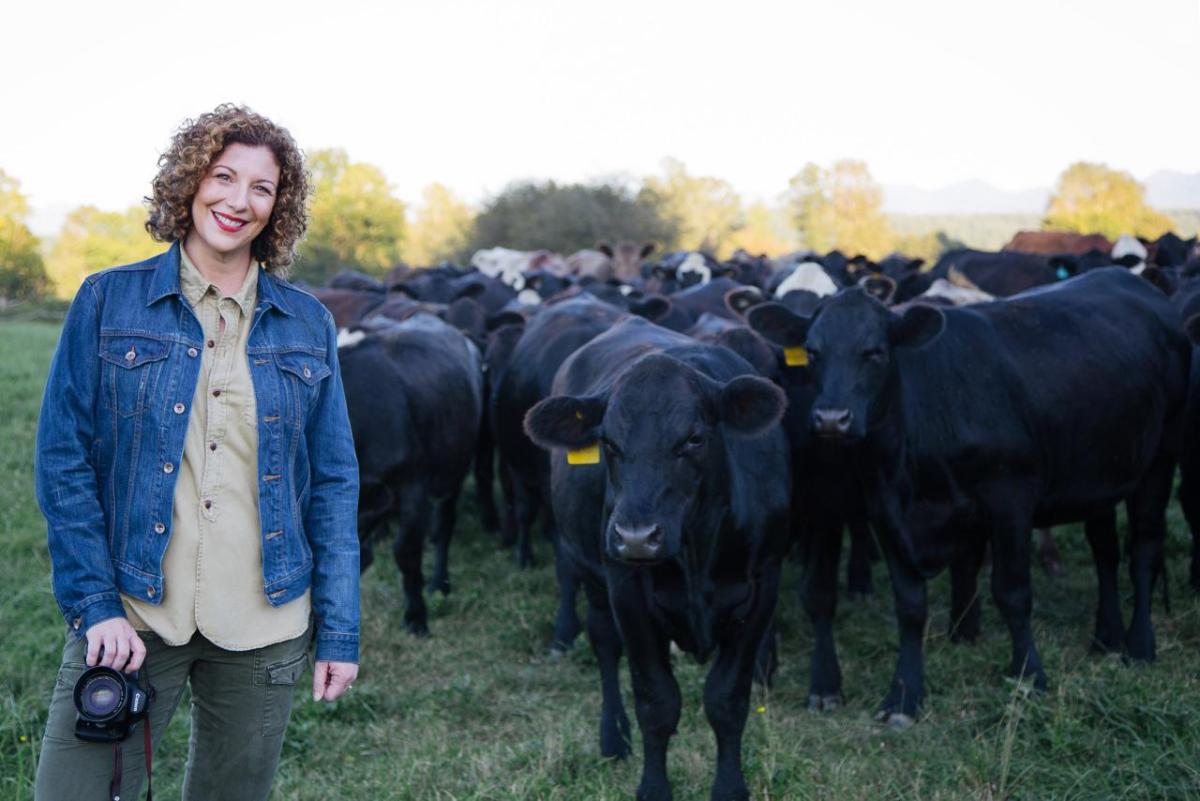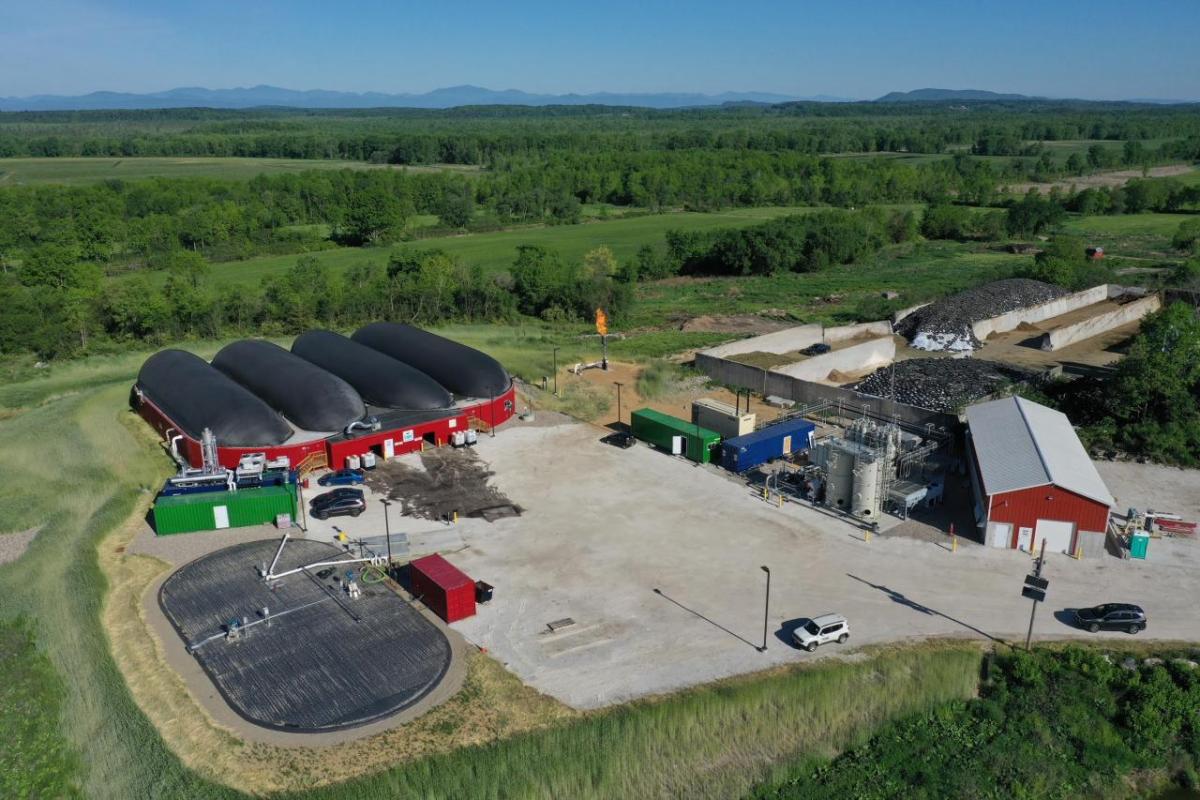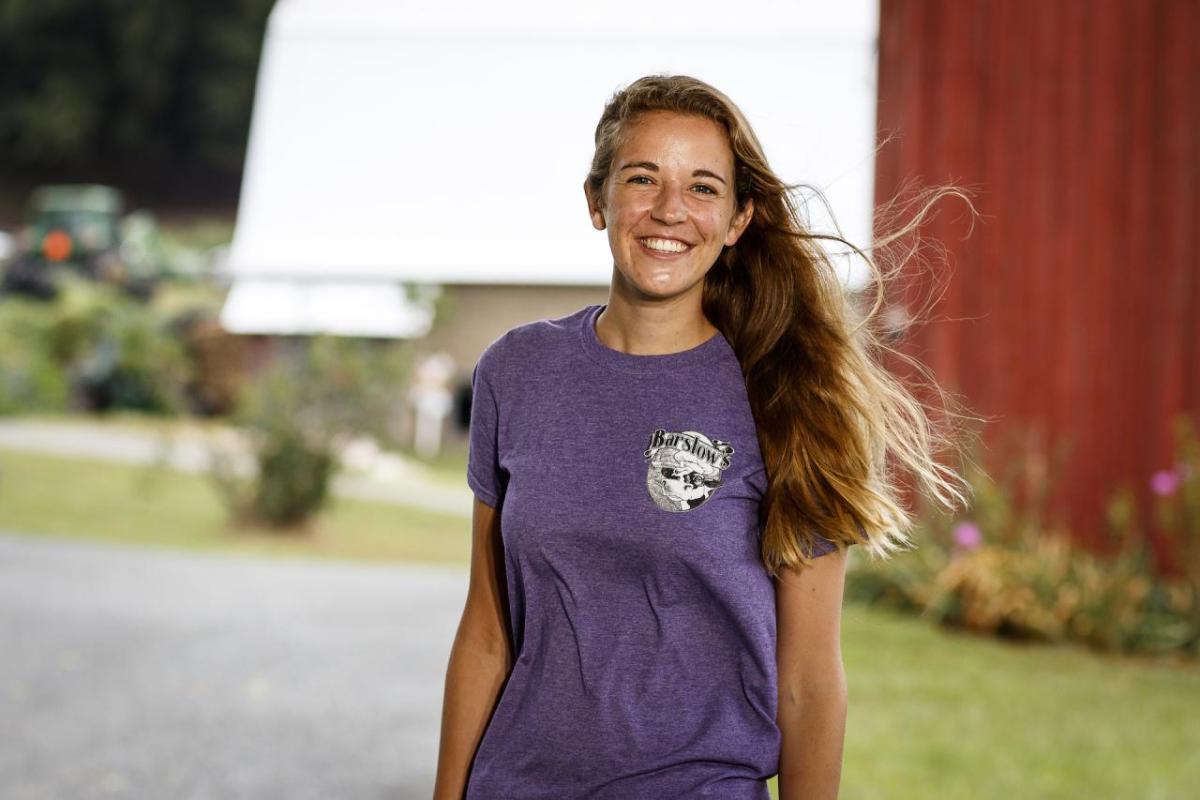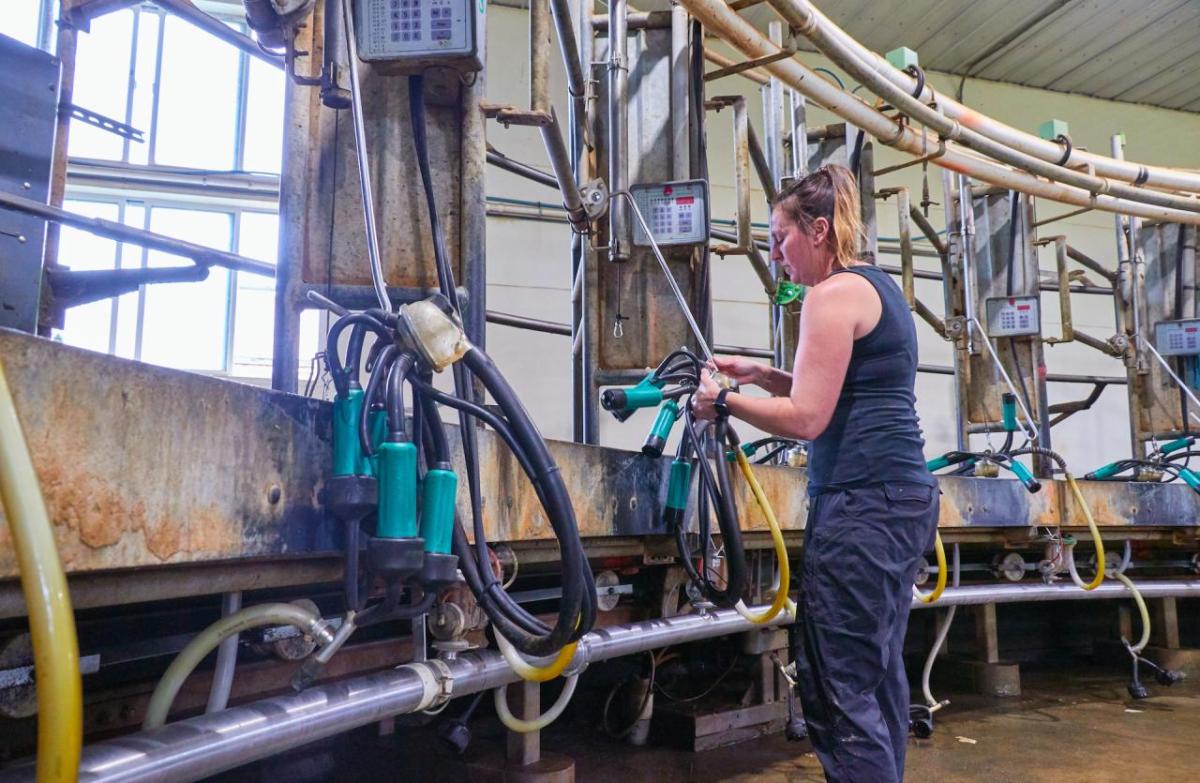Conquering the Grass Ceiling: Female Farmers Are Feeding America and the World
According to the United Nations’ Food and Agriculture Organization, women are the face of farming globally. In the United States, according to the United States Department of Agriculture, more than half of all farms have women producers accounting for 1.2 million of the nations 3.4 million producers, and 9% of farms are entirely run by women.
Since 1982, female-led farms have tripled in the United States. Around the globe, the number can be as high as 50% in some countries. However, According to a report just issued from the NGO, PAN Asia Pacific, it is estimated that women do 75% of the agricultural work, yet they only own or control less than 20% of the agricultural lands.
As towns, states, and countries make proclamations honoring March as International Women’s Month, it seems only fitting to put some focus on the women working to feed America. Farming is not an easy job. It is not for the faint of heart, and according to Danielle Goodrich-Gingras, Dairy Herd Manager for Goodrich Family Farm in Salisbury, VT, “it’s not a job; it’s a way of life.”
From raising dairy cows or raising cattle for beef to raising vegetables and other crops like hemp - women are slowly becoming the face of the next generation of American farmers.
Women in Farming Count
According to Audra Mulkern, Founder of The Female Farmer Project: “There really is no good data on women in farming in the United States. It was not until 1978 that the USDA began tracking gender in its farm census.”
“We only started to see women appearing in the farm census count in 1982,” stated Mulkern. “Yet, the census was asking the wrong questions. They were only asking for the primary farmer, and like most farms, it was the husband that was counted. That didn’t change until 2018, when they began to allow for the inclusion of four names to be listed. So, there isn’t any legacy data to compare, and that has made it harder for us to track the rise or fall of women in farming in the U.S.”
Mulkern has spoken extensively about the lack of inclusion of women in farming statistics. She often highlights the forgotten women of our past, like the Woman’s Land Army of America, who were dubbed the “Farmerettes.” These were the women who served our nation during the first and second World Wars by taking to the fields and the barns to do the farming while men fought battles around the globe.
Anna Baldwin, who revolutionized the dairy industry, is largely unknown. She invented the first suction milking machine - the Hygienic Glove Milker - which was patented in 1879. Between 1860 and 1880, Baldwin filed five patents, including a device to treat milk to create butter, amongst others.
Yet, these stories of women farming our nations’ lands have long been forgotten.
The Female Farmer Project is working to tell those stories - both of those who came before and of those women who are now leading the way in all areas of agriculture. Whether it be in the field, in the milking parlor, or running the family farm stand - women are the ones feeding our nation. The Female Farmer Project has joined forces with KR Creative Strategies Studio to produce and distribute the documentary, “Women’s Work,” which will be coming soon to a screen near you in 2024. You can watch the trailer of “a story that is long overdue” on the Women’s Work website.
Mulkern, a retired Microsoft executive, knows something about breaking through the “glass ceiling” in industry. Still, when it comes to farming, she believes that women farmers face a different ceiling - the “grass ceiling” - and she calls on us all to “mow that ceiling down.”
Women In Agriculture
The stories of women like Anna Baldwin and the Farmerettes have paved the way for today’s women in agriculture, like Danielle Goodrich-Gringas and Denise Barstow Manz. Both of them are integral parts of their generational family farms, and both are hosts to a Vanguard Renewables® Farm Powered® anaerobic digester. Their family farms are recycling their manure and food and beverage materials from nearby businesses into renewable energy, liquid fertilizer, and bedding for their herds, supporting a virtuous circular solution for food and farm waste, and helping to decarbonize their farms and our lives.
Danielle Goodrich-Gingras is a third-generation farmer at the Goodrich Dairy Farm in Salisbury, Vermont. Growing up on her family farm, it was expected that she would follow in the footsteps of her brothers and go off to boarding school, then college, and then find a career that was vastly different from dairy farming.
Goodrich-Gingras said: “I was scared to tell my family I wanted to be a farmer. It was expected I would go off to school for business or some other field. When I told my dad my path would be different, they were shocked. I always worked on the farm, loved animals, and loved the work, yet they were still surprised.”
It was Goodrich-Gingras’ grandfather that needed the most convincing. She says: “He was from a different generation, and I was the baby of the family. He wasn’t convinced that I could handle the work. So, when I came back from college, I wasn’t thrown into management; I was thrown into the barns and the thick of it. Once he saw me doing the milking, caring for the herd, and giving it all I got - he realized that this wasn’t just a job for me, but it was a lifestyle.”
Denise Barstow Manz’s story is different from Danielle’s but no less important. She is a seventh-generation family farmer who runs Barstow’s Dairy Store and Bakery at the family’s Longview Farm with her two cousins, Shannon, Kelly, and Kelly’s partner Jean.
“I wouldn’t consider myself a ‘farmer,’ nor would any of us who work in the farm stand,” said Denise Barstow Manz. “We have amazing women who do work on our family farm as farmhands, but at some point or another, we all pitch in if needed.”
The Barstows have been farming their land for over 200 years and keep 450 acres of Massachusetts farmland open. Barstow Manz believes: “This is important for climate resilience, food security, groundwater, and for the region's wildlife habitat. It’s why I wanted to come back to be part of that story and continue the legacy of the land and of food security in our state.”
Denise, Shannon, Kelly, and Jean agree that community is the driving force behind all they do. Being part of a family business that is embedded in the community is one of the most important aspects of their family farm and its farm stand. It’s why each is more committed than ever to working together with their family to keep their family farm viable for future generations.
Mowing the Grass Ceiling - Challenges Facing Women Farmers
In the United States, many people conjure an image when they think of farming: a man wearing overalls and working the land or in the barn. However, that is not what farming looks like today. There are still hurdles that women face every day and ceilings that need to be mowed for women in farming.
“The biggest challenge facing women farmers today is access - access to capital, to land, and equipment,” said Mulkern. “Many female farmers don’t own the land they are farming, and they don’t want to make capital improvements on land they don’t own. They think about portable washing stations, hoop houses, and processing facilities. Women farmers need greater access to capital, and it’s why the USDA is beginning to think about funding its programs differently. They are making investments in female and other disadvantaged farmers; it’s just not at the pace that we need for our female farmers to succeed.”
Goodrich-Gingras sees one of the biggest challenges as being seen as an equal. Not by her family but by others. “I still have people that show up in my office and ask to speak to the boss and assume that person is not me. In the past, I have had to fight to be taken seriously, and sometimes I still struggle with that. I’m blessed that my family supports me 100%. Danielle runs the herd, nobody else, and my family isn’t scared to tell people that,” said Goodrich-Gingras.
For Barstow Manz, it’s about carrying on the family legacy. She says: “The reason we are showing up to work is not to make lots of money. We could all have better paying jobs in another industry, but it’s not about that for us. It’s about ensuring our family legacy and taking care of our community. We are dedicated to keeping our farm vital and the center of our community for generations to come.”
Advice for the Next Generation of Female Farmers
Women are becoming the face of farming around the globe, and if you go to any farmer’s market around the U.S., the faces you see behind the fresh produce, the meats, and other products are women.
Mulkern wants female farmers to go for it and tell their stories: “The number one product women farmers have is their story. That story is beautiful and makes for a beautiful life. You get to wake up every day and be outside and feed your community. That’s a wonderful life; go for it.”
“It’s not a job; it’s a lifestyle. Be fully committed and be yourself - don’t forget who you are and never question how hard you’re working. It’s a wonderful industry to be a part of, and I would encourage any young woman to intern or take a summer job on a farm to see if it is truly their passion,” said Goodrich-Gingras.
Finally, the Barstow’s all say it’s important to remember your community. “Community is everything to us, and we wouldn’t be here today without our Hadley, MA neighbors. We support each other and are invested in making sure that we lend a hand when needed, and that’s returned tenfold,” said Barstow Manz.
Farming is changing, and as women take their place on the tractor, in the milking parlor, in the dairy bar, or in leadership roles in the agriculture industry, it’s their time.
--John Hanselman, Founder and Chief Strategy Officer, Vanguard Renewables





